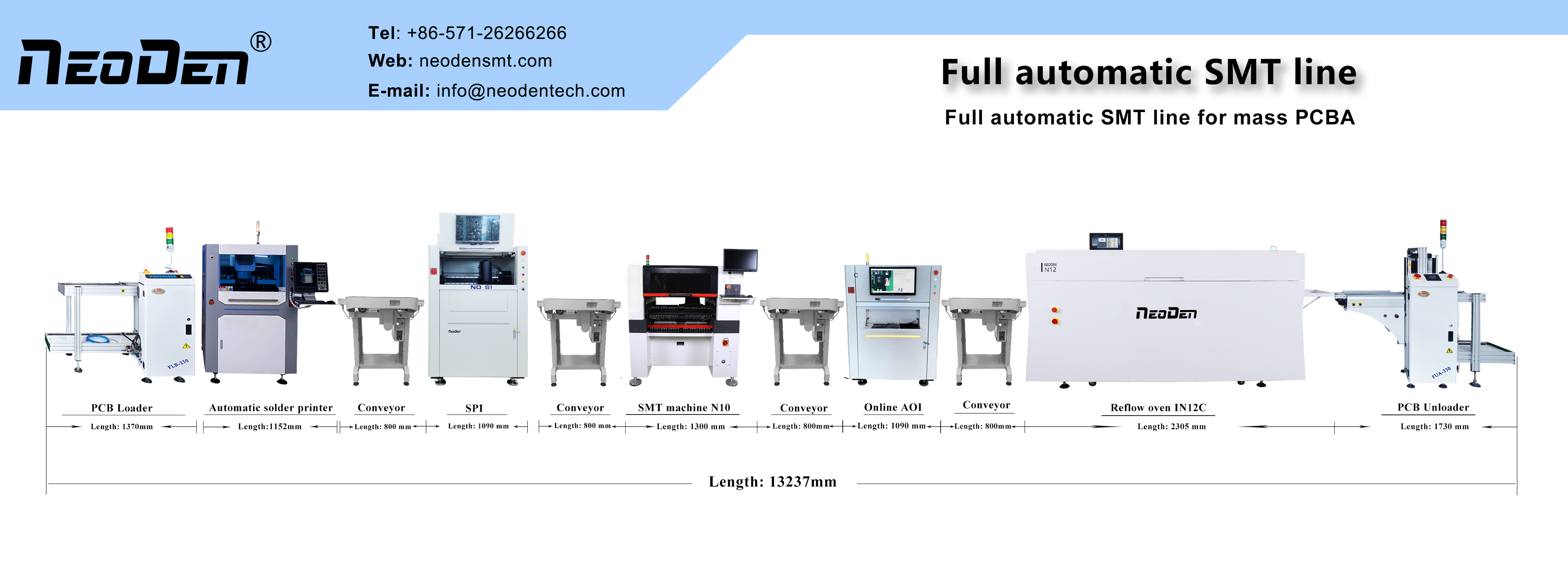Q: Ceramic capacitors are affected by aging phenomena
Ceramic capacitors are affected by aging phenomena associated with changes in the dielectric crystal structure, which manifests itself as changes in capacitance and dissipation factor after initial firing of the dielectric material. Consistent with established models, EIA Class I dielectric materials are minimally affected and are widely recognized as non-aging, while EIA Class II dielectric materials are moderately affected and EIA Class III materials tend to be quite severely affected. This aging process can be reset (or device “de-aging”) by exposure to temperatures above the dielectric’s Curie temperature for a sufficiently long period of time to allow the crystal structure to re-form; the higher the temperature, the shorter the time required. Since the Curie temperature of many ceramic dielectrics is lower than that encountered in many soldering processes, it is likely that the device will be at least partially aged during assembly.
This aging behavior of a component is usually expressed as a percentage change in capacitance per decade of hours, relative to the capacitance measured at the “last heating,” the last time the component was heated above its Curie temperature long enough to completely change its crystal structure. In other words, a capacitor with an aging rate of (-)5%, measured at 100uF in the “oven fresh” state, would be expected to measure approximately 95,90 and 85uF after 1, 10 and 100 hours out of the oven, respectively.
Obviously, this raises the question of what the nominal capacitance of the component should be, and if that amount is constantly changing, the component will be used on the shelf even if it was not used in its original packaging. The industry standards EIA-521 and IEC-384-9 address this issue, basically stating that the component should reach its specified tolerance value 1000 hours (about 42 days) after the last heating. The next ten year mark (10K and 100K hours) translates to a little over 1 year and a little over 11 years respectively. To further complicate matters, the aging process occurs at a temperature-dependent rate; up to the Curie temperature of the dielectric, an increase in device temperature typically accelerates the aging process.
Since aging phenomena can cause devices to appear outside of their specified tolerances, product designers and production testers must be aware of this fact; testing of freshly reflowed components should expect slightly higher capacitance values, and the design should have enough margin to accommodate normal operation of the device as it ages. Power conversion circuits are a good example of where this effect can pose a serious hazard, as ceramic capacitors usually end up strongly affecting the control loops of such circuits, either as compensation network components or as filter elements. Systems that appear stable under the influence of capacitor aging during assembly may become less stable over time, as the loss of capacitance due to aging affects the dynamics of the control loop. Most importantly, if stable capacitance values over time are important, avoid using visibly aged capacitors.
Zhejiang NeoDen Technology Co., LTD., founded in 2010, we are in a good position not only to supply you high quality pnp machine , but also the excellent after sales service. Well-trained engineers will offer you any technical support.
10 engineers powerful after-sales service team can respond customers queries and enquiries within 8 hours.
Professional solutions can be offered within 24 hours both workday and holidays.
Post time: Jul-25-2023

